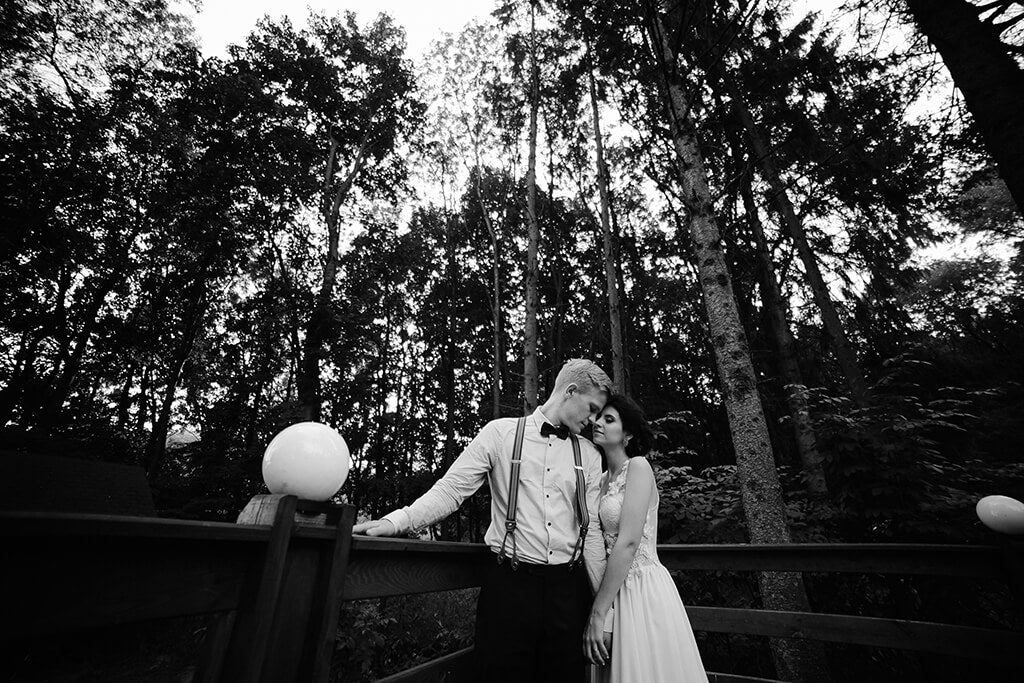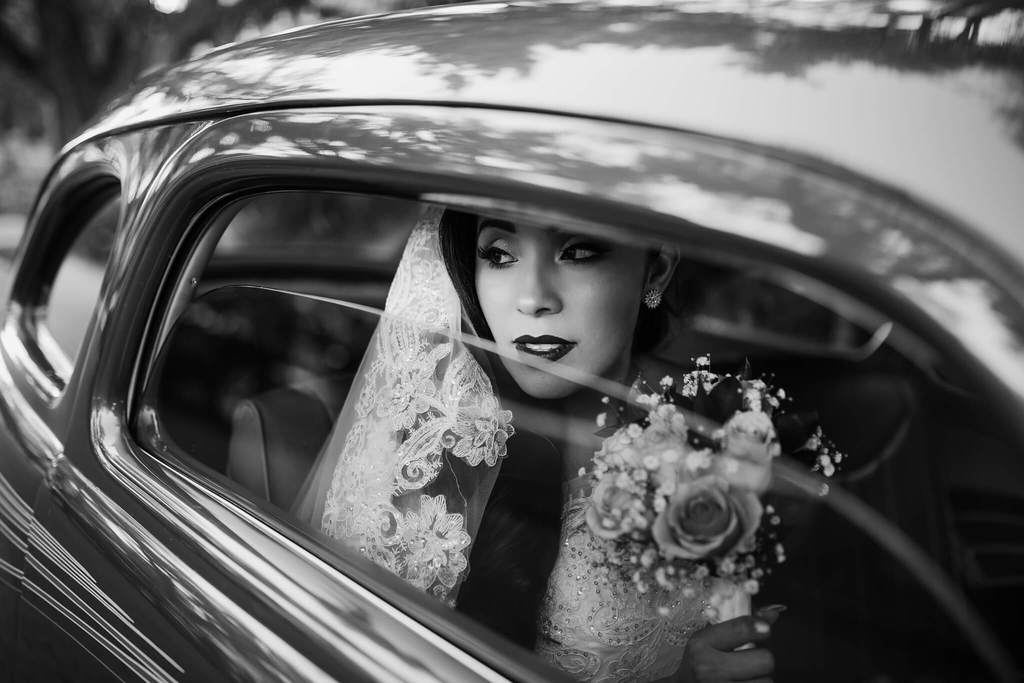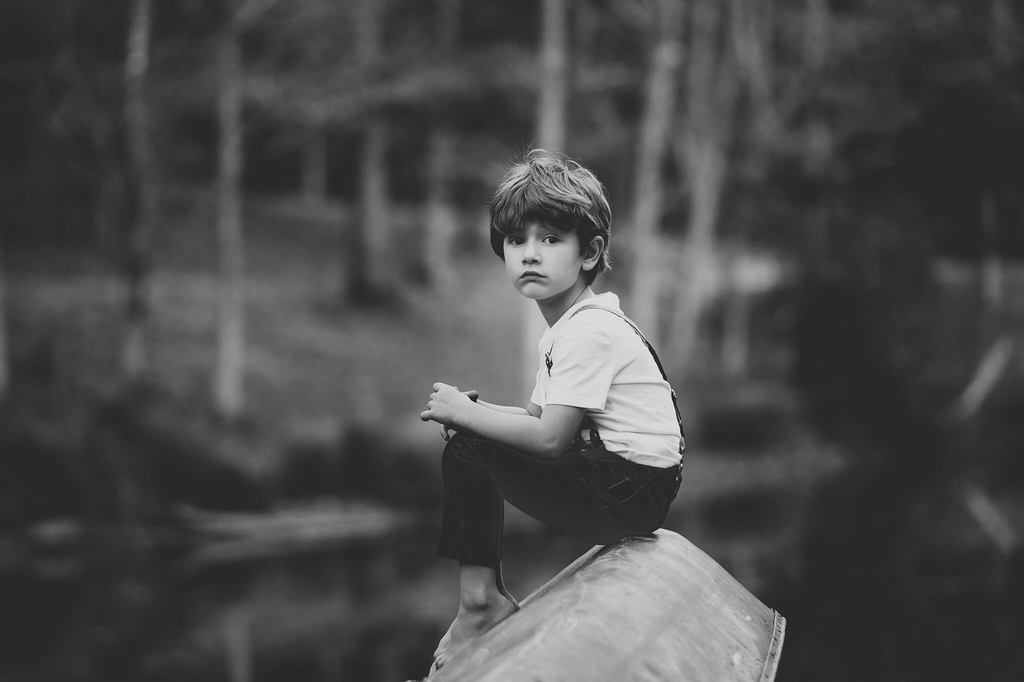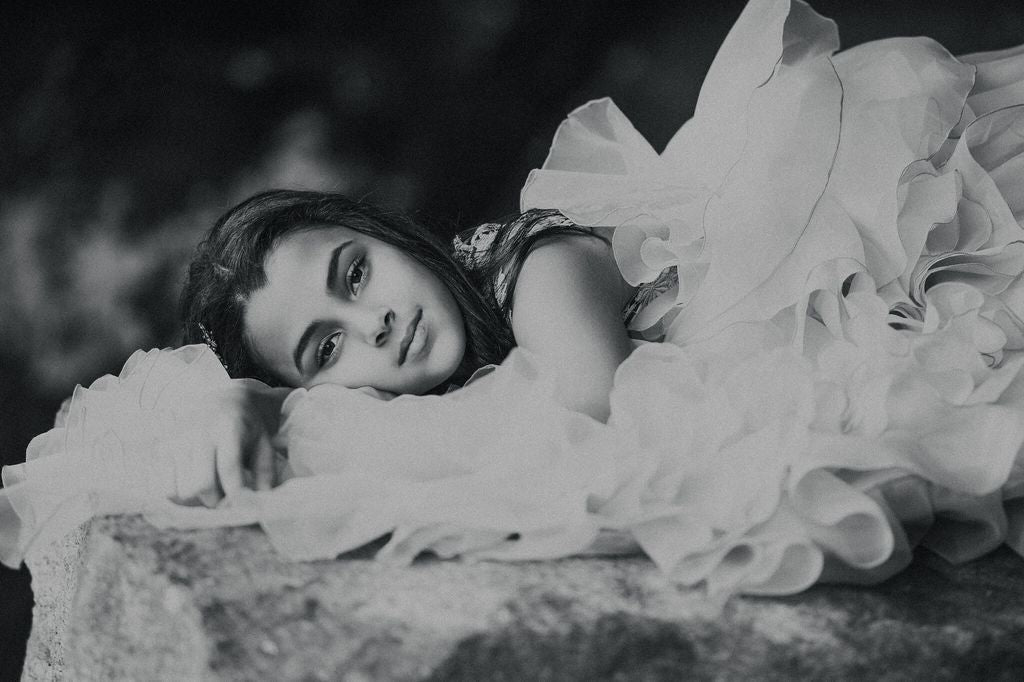- Lightroom Presets
- Mobile Presets
-
Photoshop
-
Learn
-
Support
-
Install
- Best Sellers
- Blog
By Anna Gay on | No Comments

A simple, black and white photo is timeless, and an art-form all its own. Here are a few tips and techniques for taking black and white photos, as well as some of the reasons why black and white photos remain a staple of the photography world.
While color photography possesses its own beauty, black and white or monochrome photography is in a category all its own. Black and white images give you the ability to direct the viewer’s gaze straight to your subject, without the interference color can take away.
A mundane, every-day landscape can be transformed simply by shifting to black and white. In portrait photography, black and white is flattering to all skin tones, as well as body shapes and sizes.

Black and white photos work well for many different types of lighting situations, but if you are new to photography, especially portraiture, finding and creating even lighting conditions is ideal.
Try to avoid harsh, midday light, as this will create unflattering shadows on your subject’s face. You may also want to avoid very low-light situations, as this will force you to increase your ISO (I will talk more about ISO later in this post).
Morning and late afternoon light are great for shooting black and white, as well as shaded locations away from direct sunlight.

If possible, shoot in RAW. If your camera allows you to shoot in black and white, but only black and white JPEG, your best option is to shoot in color RAW, and then convert to black and white later on while you are editing.
The reason behind shooting in color is that the photo file will retain more information, allowing you to make more changes and have more control when you edit on your computer.

In film photography, the grain in a black and white image can be absolutely beautiful. However, digital “noise” from raising your ISO just doesn’t have the same beauty as film grain! When shooting black and white digitally, aim to keep your ISO as low as possible, as this will reduce the amount of digital noise. If possible, you should use a tripod, which will help you keep your ISO low, while avoiding blur caused by camera shake.
If you are new to photography, hopefully, this will inspire you to try some black and white photos of your own.
The above images were edited with the Pretty Film Noir Collection for Lightroom.
Do you have any questions or comments about taking Black and White photos? Leave us a comment below - we would LOVE to hear from you! And PLEASE SHARE our tutorial using the social sharing buttons (we really appreciate it!)




Anna Gay is a portrait photographer based in Athens, GA and the author of the dPS ebook The Art of Self-Portraiture. She also designs actions and textures for Photoshop. When she is not shooting or writing, she enjoys spending time with her husband, and their two cats, Elphie and Fat Cat.

Comments